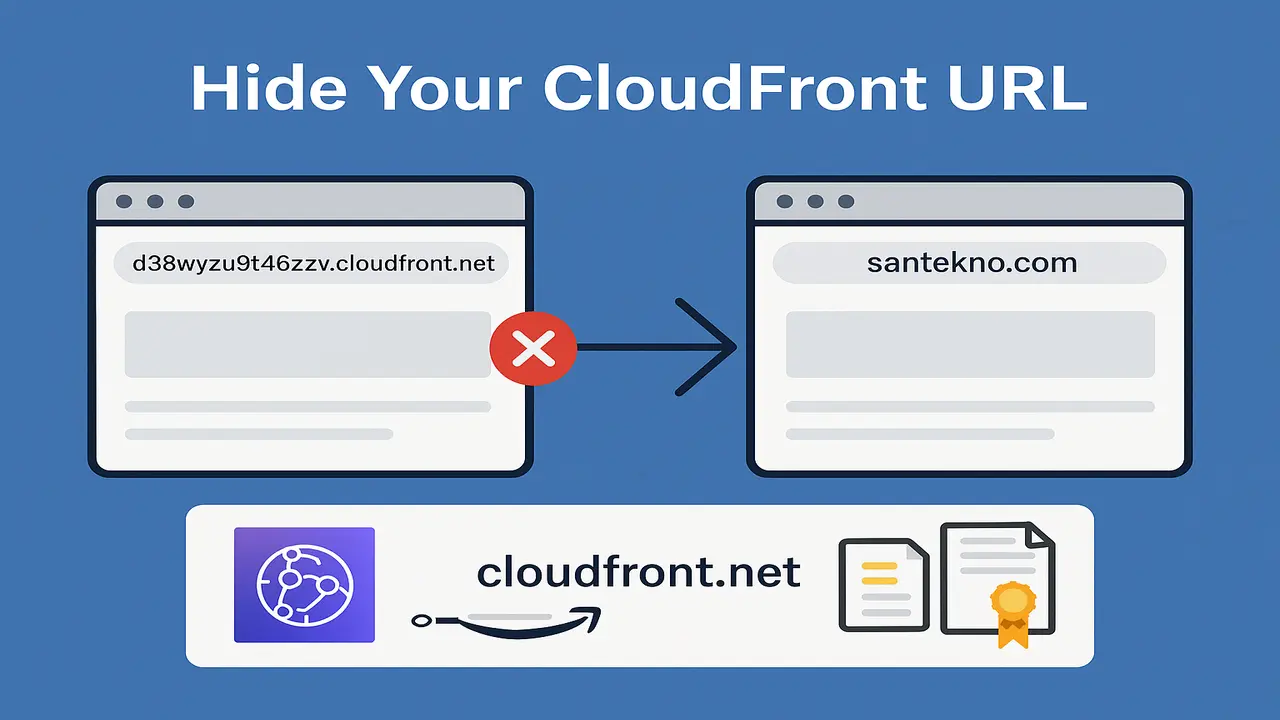In web applications, serving static files such as images, CSS files, or JavaScript from a public directory is often necessary. By using the julienschmidt/httprouter library, you can easily create a handler to serve static files. This article will walk you through the complete steps to implement a static file handler in a simple and efficient way using Golang.
Prerequisites
Basic Understanding of Golang: You should have a fundamental understanding of Golang programming.
Golang Installed: Ensure that Golang is installed on your machine.
httprouterLibrary: You need to install this library. To do so, use the following command:go get github.com/julienschmidt/httprouterPublic Folder: A directory to store your static files, for example, named
public.
Step 1: Setting Up the Directory Structure
Create a simple project structure as follows:
project-root/
├── main.go
├── public/
│ ├── index.html
│ ├── style.css
│ ├── script.js
main.go: The main file to run the application.public/: The folder containing static files to be accessed.
Step 2: Creating the main.go File
Open the main.go file and add the following code:
package main
import (
"log"
"net/http"
"github.com/julienschmidt/httprouter"
)
func main() {
router := httprouter.New()
// Static file handler for the "public" folder
router.ServeFiles("/static/*filepath", http.Dir("./public"))
// Start the server
log.Println("Server running at http://localhost:8080")
log.Fatal(http.ListenAndServe(":8080", router))
}
Explanation:
router.ServeFiles: A built-in method fromhttprouterused to serve static files. The first parameter is the URL prefix (e.g.,/static/*filepath), while the second parameter is the directory where the static files are stored (./public).http.Dir("./public"): Directs the handler to read files from thepublicfolder.ListenAndServe: Starts the server on port 8080.
Step 3: Preparing Static Files
Create some files inside the public/ folder:
public/index.html:<!DOCTYPE html> <html lang="en"> <head> <meta charset="UTF-8"> <meta name="viewport" content="width=device-width, initial-scale=1.0"> <title>Static Files</title> <link rel="stylesheet" href="/static/style.css"> </head> <body> <h1>Welcome to Static Files in Golang!</h1> <script src="/static/script.js"></script> </body> </html>public/style.css:body { font-family: Arial, sans-serif; text-align: center; margin-top: 50px; background-color: #f4f4f9; } h1 { color: #333; }public/script.js:console.log("Static file loaded successfully!");
Step 4: Running the Application
Run the application using the following command:
go run main.go
The server will start at http://localhost:8080.
Testing
Open your browser and visit:
- http://localhost:8080/static/index.html: To open the HTML file.
- http://localhost:8080/static/style.css: To view the CSS file.
- http://localhost:8080/static/script.js: To view the JavaScript file.
Ensure that the files are being accessed correctly and check for any errors in the browser console.
Step 5: Adding Headers to Static Files
To add headers to static file responses (such as security headers), you can create a simple middleware:
func WithHeaders(h http.Handler) http.Handler {
return http.HandlerFunc(func(w http.ResponseWriter, r *http.Request) {
w.Header().Set("Cache-Control", "max-age=3600")
h.ServeHTTP(w, r)
})
}
Then, use this middleware before the static file handler:
staticHandler := WithHeaders(http.StripPrefix("/static/", http.FileServer(http.Dir("./public"))))
router.Handler("GET", "/static/*filepath", staticHandler)
Explanation:
http.HandlerFunc: Wraps the handler to add headers to every response.Cache-Control: Sets the cache time for static files to prevent the browser from reloading them on every request.
Conclusion
In this article, we implemented a static file handler using the httprouter library in Golang. By adding custom headers or middleware, you can enhance functionality according to your application’s needs.
Try extending this further by integrating dynamic endpoints or adding a logging system for static file responses. Happy coding!
Hot Articles
12 Creating Static File Handler
01 Jan 2025

